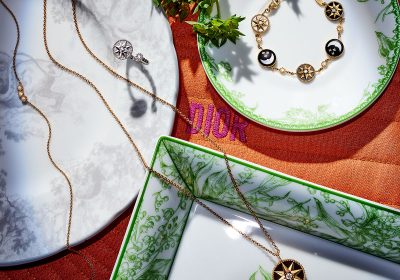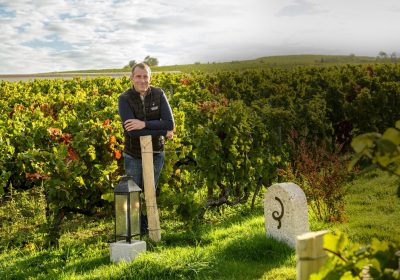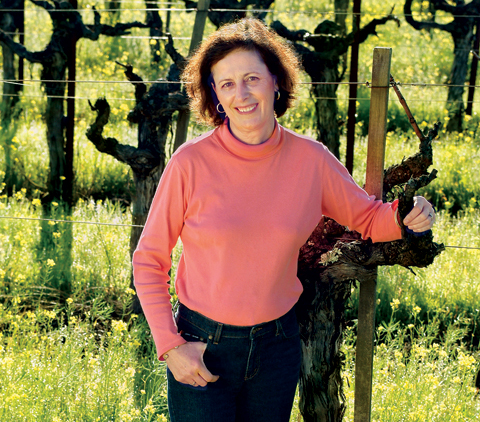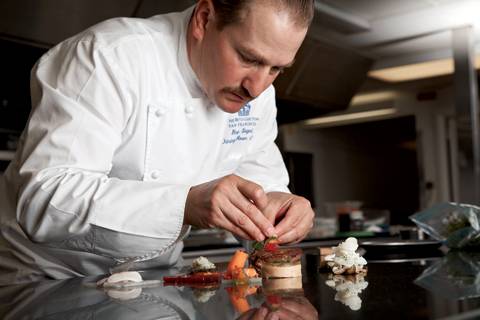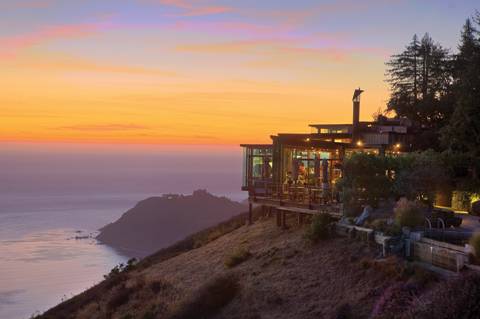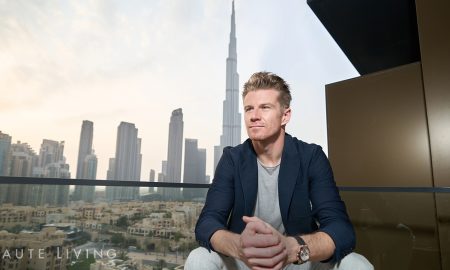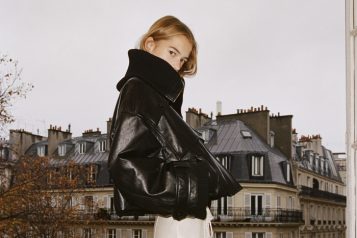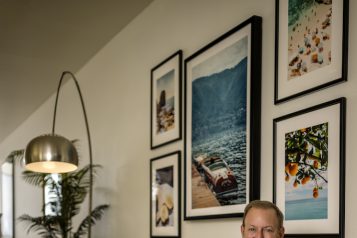By Genevieve Janssens
One of the exciting new projects currently taking place at Robert Mondavi is from a vineyard we planted three years ago. This will be the first year that we will see a light crop from that planting, so it is quite a thrilling time for us as winemakers.
Spring has sprung and now we are well into the heart, and the heat, of summer. Seasonal weather changes are something that we pay close attention to at Robert Mondavi Winery. Everything that we are focused on right now is related to the weather patterns that we have seen so far in 2009. In May, we had a cool streak with three inches of rain, so right now our work at the vineyard is based on that. It was quite a cool spring overall this year, which for California vintners, means lots of growth. In comparison, last year we had a warmer spring with very little water, so our shoot in the vineyard was shorter and the crop was much lighter.
Because of the cool, wet spring, for summer we will focus our efforts on slowing down the growth of the vines. We are hedging them so that they won’t grow larger, thereby ensuring that all of the attention is on the fruit. We want to guarantee that all of the energy of the vine goes directly to the grape instead of to growing the plants and vines. We spent the entire month of June with our focus on that goal. Cultivating the vines and ridding the land of the weeds is how we will spend the remainder of the summer months.
One of the exciting new projects currently taking place at Robert Mondavi is from a vineyard we planted three years ago. This will be the first year that we will see a light crop from that planting, so it is quite a thrilling time for us as winemakers. The preparation of this particular planting took a full year. We studied the composition of the soil by doing a lot of digging in order to understand the underground of the area. In the past, this block of land was reserved for cabernet sauvignon, but what we discovered after examining the soil is that the east portion of the block is particularly fertile, so we used one-third of it to set a profile for a sauvignon blanc planting. The west portion of the block we reserved for a cabernet franc planting. Cabernet franc, although similar to cabernet sauvignon, is a bit lighter, and is often grown for the purpose of blending with the cabernet sauvignon and merlots. The soil of this area of the block is heavy with gravel, which is excellent for cabernet franc because often times it is very difficult to grow. Generally it can be very challenging to find a good site with well-drained soil that will produce a good crop, so we were thrilled to be able to plant two-thirds of the block with this variety.
This in particular shows that our ancestors knew exactly what to plant in which particular area of the estate. We learn so much from what they planted, so their legacy is always teaching us. It is an interesting dichotomy because as we move ahead in the 21st century with scores of new technology, we find that we also still rely heavily on the wisdom of our ancestors. They knew how to create beautiful wines, so anytime we replant a new vineyard, we try to do it in the exact same way as those vintners who came before us. Sometimes going back in the past is the best way to cultivate the future. The key is to find a way to balance the modern age while revering the ways of the Old World.
As I said, it is an exciting time for us at Robert Mondavi Winery and it will be interesting to observe all of this new growth, as well as how the new generation is going to learn and cultivate it. It is an incredible diversity of new technologies, new plants, and new systems. And just as what our ancestors planted was a gift for us, what we plant today will be a gift for the next generation.
Cheers,
Genevieve Janssens
Director of Winemaking at Robert Mondavi Winery


